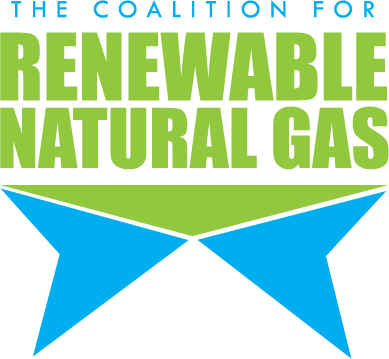On April 11 a much-anticipated report was released by The Energy Futures Initiative that analyzes the ways California can meet its aggressive low-carbon energy goals. The report, which was authored by a team led by President Obama’s former Energy Secretary Dr. Ernest J. Moniz, outlines an innovation agenda needed for deep decarbonization by 2050.
This report validates why Californians for Balanced Energy Solutions (C4BES) is working to educate the public and to rally support for the crucial role that natural gas, and increasingly renewable gas, plays in California’s energy future. To meet emission reduction goals, California cannot rely on simplistic, one-size-fits-all solutions like banning natural and renewable gas in favor of 100% solar- and wind-powered electrification.
Among the report’s findings are:There is no “silver bullet” technology. Technology optionality and flexibility are critical to any decarbonization strategy, especially for difficult-to-decarbonize sectors.Renewable natural gas and hydrogen are critical clean energy pathways due to the enormous value of fuels to flexible operations of energy systems.The state’s energy transformation must operate reliably at all times and take place with as little disruption to essential services.Renewable natural gas, hydrogen, and seasonal energy storage are singled out as technology innovation areas that need to be pursued aggressively as California moves toward its goals.Here’s a link to a fact sheet on the report as well as the Executive Summary and a Bloomberg interview with Dr. Moniz.
While this report advocates the need for balance, we have decision-makers in Sacramento who are driving headlong toward electrification of all buildings. Most notably, the California Public Utilities Commission is considering changing building codes and appliance codes to mandate an all-electric future.
California needs a portfolio of affordable technologies that reduce emissions and protect energy reliability as we introduce other technologies that must be developed for the long term such as carbon capture, bioenergy, floating offshore wind power, smart cities and buildings, producing hydrogen from water, and the ability to store months-long supplies of energy. Regardless of the technologies, improving energy efficiency across all economic sectors is vitally important to achieving emission reduction goals.
Our state has the intellectual and investment resources to lead the world in these efforts. Let’s not squander time in fruitless “gas vs. electricity” arguments.
The availability of natural and renewable gas provides Californians with energy choice, affordability, and reliability for our economic well-being and quality of life. And it has and will continue to contribute to the state’s effort to reduce greenhouse gas emissions to address the challenges of climate change.
